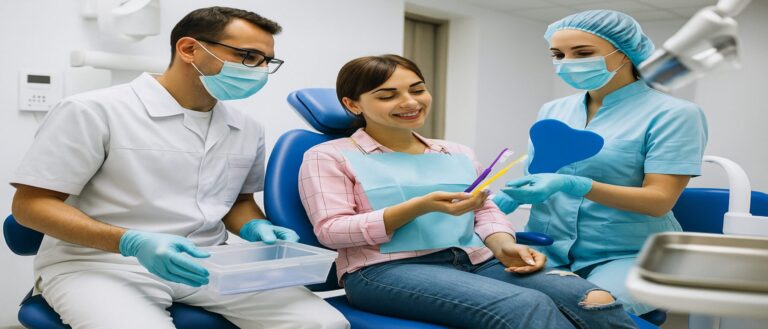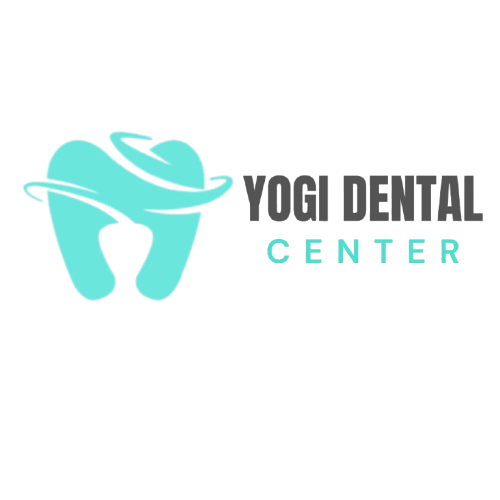Strong infection control is key to safe dental care, ensuring that every treatment is carried out in a clean, sanitized, and protected environment. At Yogi dental clinic, every step we take is designed to protect you and your family, following trusted global standards for dental hygiene and safety. Your visit is always safe, stress-free, and completely trustworthy because we prioritize your health, comfort, and peace of mind with every treatment.
1.Why Infection Control Matters
Dentists work close to saliva, blood, and tiny droplets in the air. These can carry germs. Germs spread fast if safety steps not followed. Good infection control stops this from happening. It keeps both patients and staff safe.
2.Understanding Common Dental Infections
Viral Infections
Viruses such as hepatitis B, hepatitis C, and herpes can spread through unclean tools or contact with infected fluids. Proper sterilization stops these viruses from spreading.
Bacterial Infections
Harmful bacteria grow quickly on dirty tools and surfaces. These germs can cause cavities or serious infections. Cleaning and sterilizing equipment prevent this from happening.
3.Standard Infection-Prevention Steps
Dental clinics follow safety rules from the CDC and WHO. These steps include:
Sterilizing instruments
Cleaning all surfaces
Disposing of waste safely
Vaccinating staff
These steps protect every patient who enters the clinic.
4.Sterilization and Cleaning Procedures
Instrument Sterilization
All reusable tools are sterilized after each use. Dentists use steam sterilizers, dry heat, or chemical solutions. Each tool is labeled and tracked to make sure it stays safe.
Surface Cleaning
Surfaces like chairs, handles, and countertops are cleaned after each patient. Approved disinfectants kill germs and reduce cross-contamination.
5.Hand Hygiene: First Defense
Hand washing is simple but very effective. Dental teams wash their hands before and after each patient. They also wash their hands after removing gloves or touching anything unclean.
Personal Protective Equipment (PPE)
Masks, gloves, face shields, and gowns protect both staff and patients. PPE is changed after each patient to stop germs from spreading.
6. Safe Waste Disposal Methods
Dental waste must be separated and handled correctly. Needles, used gauze, and other contaminated materials go into color-coded bins. This reduces the risk of infection and keeps everyone safe.
1.Air Quality and Ventilation
Germs can stay in the air for hours. Good ventilation helps remove them. HEPA filters and UV air purifiers also help clean the air and create a safer environment.
2.Dental Waterline Safety
Waterlines can hold bacteria if they are not cleaned. Clinics flush waterlines often and use antimicrobial solutions. Regular checks ensure the water stays clean and safe.
3.Patient Screening and Risk Checks
Before treatment, patients are screened for recent illness or exposure to infection. Simple questions and temperature checks help protect everyone in the clinic.
4.Training for Dental Teams
Dental staff complete regular training. They learn new infection-control steps and review current guidelines. Workshops and audits help keep safety standards high.
.
7.Creating a Culture of Safety

A safe clinic depends on teamwork. Many clinics use digital records, touchless check-ins, and systems that track sterilization. These tools reduce errors and support strong infection control.
8.Technology That Supports Safety
Modern sterilization trackers and digital monitoring tools make infection control easier and more accurate. This gives patients a cleaner and safer experience every time.
Conclusion
Strong infection control is the foundation of quality dental care. Clean hands, sterilized instruments, and a sanitized clinic protect patients and staff. Following strict hygiene practices ensures healthy, happy smiles for everyone.
